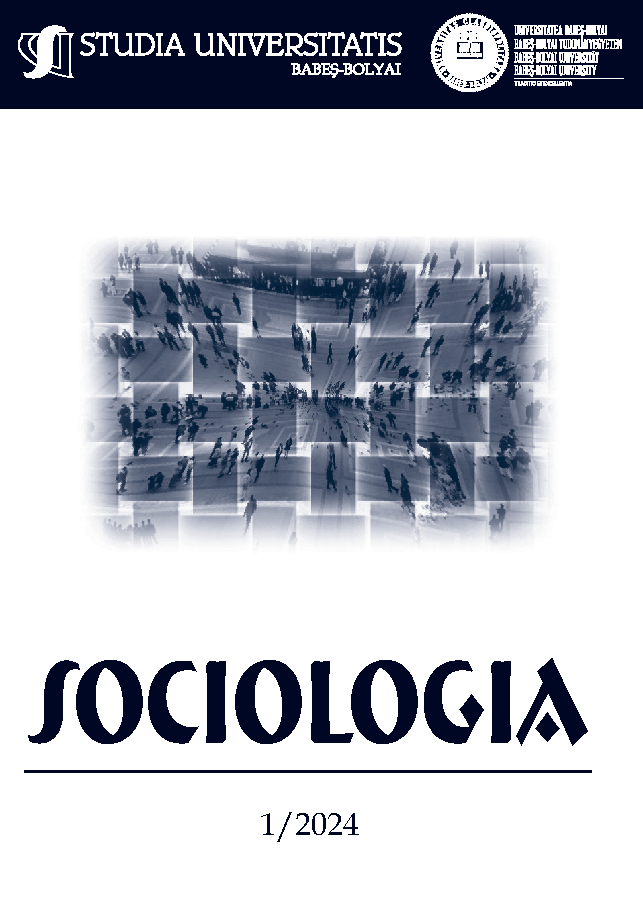THE PATH FROM ROMANIA TO THE ITALIAN DOMESTIC CARE SECTOR: THE FIRST STAGE OF THE DECISION-MAKING PROCESS ON LABOUR MIGRATION
THE PATH FROM ROMANIA TO THE ITALIAN DOMESTIC CARE SECTOR: THE FIRST STAGE OF THE DECISION-MAKING PROCESS ON LABOUR MIGRATION
Author(s): Irina-Miruna HarabagiuSubject(s): History and theory of sociology, Social Theory, Migration Studies, Globalization
Published by: Studia Universitatis Babes-Bolyai
Keywords: labour migration drivers; structure-agency dialectic; decision-making process; Romania; Italian domestic sector;
Summary/Abstract: This paper aims to propose a multi-stage model for the decision-making process on labour migration that takes into account both individual agency and structural dimensions along political-institutional, economic, and social factors. While it is focused on the case of Romanian women’s migration to the Italian domestic care sector, it can be applied for the analysis of other types of labour migration too. From a historical perspective, Romania underwent major political, economic, cultural, and social transformations after 1989 and throughout the years of EU integration and membership, that influenced transnational labour migration. With the help of relevant population statistics and qualitative interviews with Romanian women working in Italy, I illustrate how the three structural dimensions contribute to the start of the individuals' decision-making process on migration. The political-institutional dimension both enables a culture of labour migration and conditions or disinhibits the possibility of migrating abroad for work. Through a series of disruptions, the economic dimension creates distress, which brings certain individuals in a state of needing alternative solutions to ensure their livelihood. As they search for solutions, these people will be exposed to the option of labour migration. This exposure, however, takes place in the social dimension, which represents the aggregate of individuals' social relationships. Finally, by assuming the roles of mentors and/or migration facilitators, social actors influence individuals to become aspiring migrants and to follow a migratory destination. Considering working abroad as an option (available, needed and possible) represents the first stage of a decision-making process that the individuals go through. At the end of it, the actors will become from aspiring migrants- novice labour migrants.
Journal: Studia Universitatis Babes-Bolyai - Sociologia
- Issue Year: 69/2024
- Issue No: 1
- Page Range: 85-107
- Page Count: 24
- Language: English

